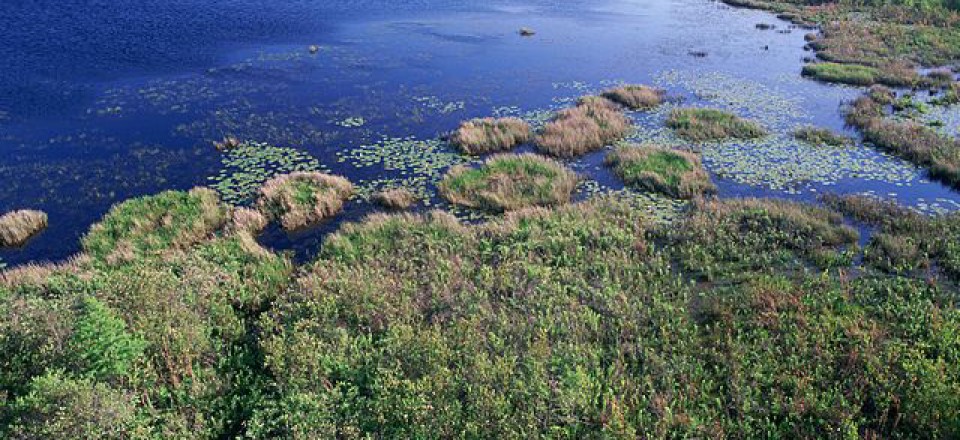✴︎ Available only with purchase from publisher
“This paper addresses two research questions: (1) Does collaborative environmental governance improve environmental outcomes? and (2) How do publicly supported collaborative groups with different levels of responsibility, formalization, and representativeness compare in this regard? Using a representative watershed quality data series, the EPA’s National Rivers and Streams Assessment and Wadeable Streams Assessment, in conjunction with a watershed management regime database coded for this analysis, I test the relationship between collaborative governance and watershed quality for 357 watersheds. Since these are observational data, a multilevel propensity score matching method is used to control for selection bias. Using an augmented inverse propensity weighted estimator, I estimate the average treatment effect on the treated for six different water quality and habitat condition metrics. Collaborative watershed groups are found to improve water chemistry and in-stream habitat conditions. I then use hierarchical linear regression modeling to examine how group responsibilities, membership diversity, and formalization affect the predicted impact of a collaborative group. Groups that engage in management activities (in comparison to coordination or planning) are found to achieve greater environmental gains. Limited differentiation is found with regards to the presence of a group coordinator, increased goal specificity, or greater stakeholder diversity.”







